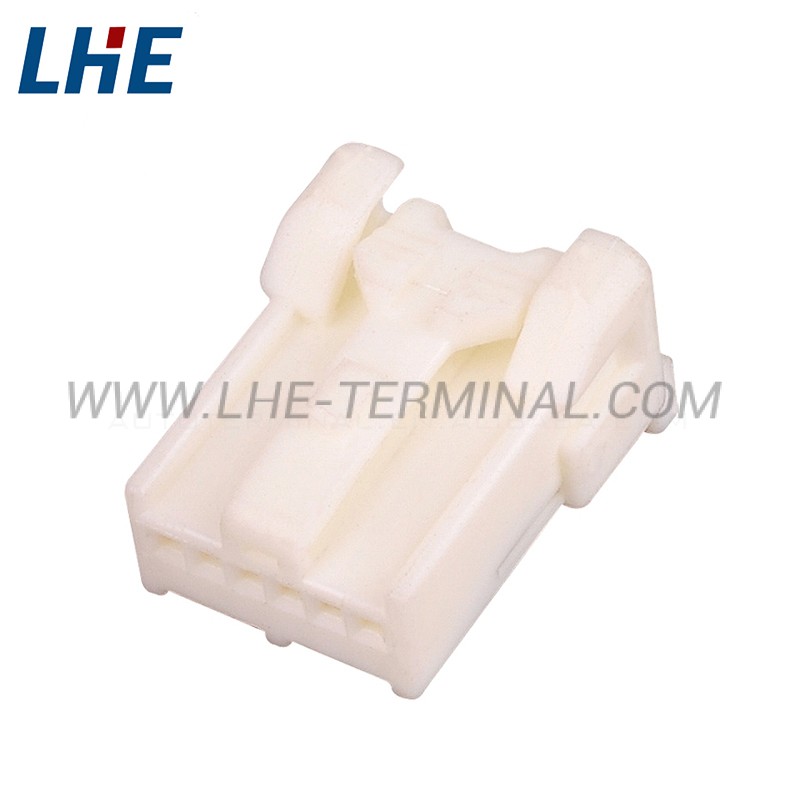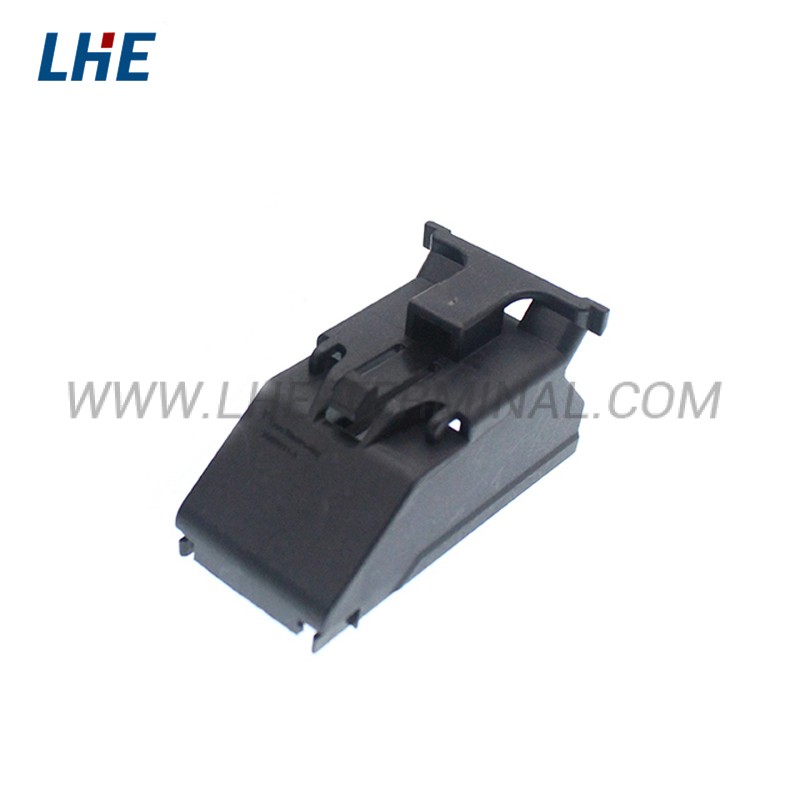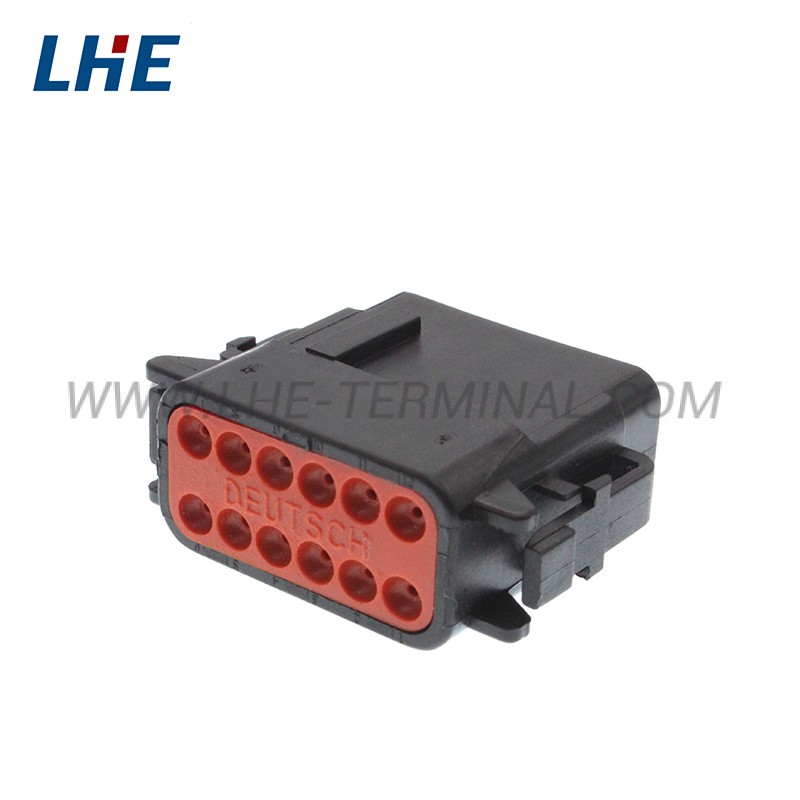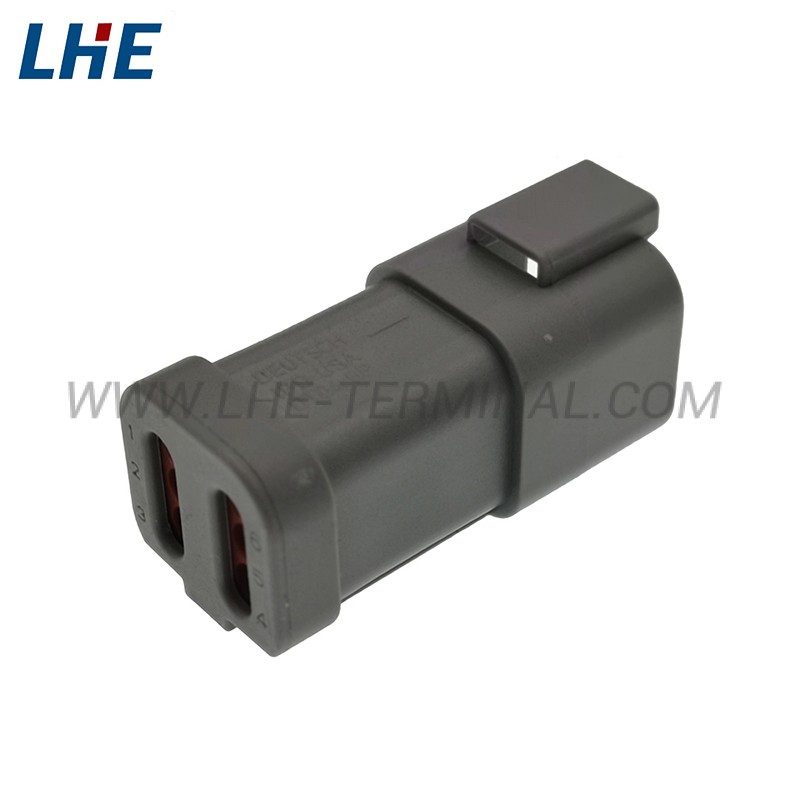Inspection method of automobile wiring harness
● Visual inspection method
When a part of the electrical system of the vehicle fails, abnormal phenomena such as smoke, sparks, abnormal noise, burnt odor, and heat will appear. By listening to the body’s senses, touch, smell, seeing the car wiring harness and electrical visual inspection, and then determining the location of the fault, the detection speed is greatly improved. For example, when the car line fails, there are often abnormal phenomena such as smoke, sparks, abnormal noise, burnt odor, and heat. Through visual inspection, components can quickly determine the nature of the failure and the falsehood of the failure.
● Instrument inspection method
The method of diagnosing automobile circuit faults by using a comprehensive fault diagnosis instrument, a multimeter, an oscilloscope, a current clamp and other instruments. For electronic control system vehicles, a fault diagnosis instrument is generally used to find the fault code to diagnose the measured fault range; then use a multimeter, a current clamp Or the oscilloscope to check the voltage, resistance, current or waveform of the relevant circuit to diagnose the fault point of the wiring harness wires.
● Tool inspection method
The test lamp inspection method is more suitable for short-circuit fault conditions, inspection lines. The use of the temporary test lamp test method should be noted that the lamp power is not too large, in particular, whether there should be care, and whether there is sufficient output at the output terminal of the test control output of the electronic controller, the controller uses, to prevent overload damage. Diode lamps are again preferred.
● Inspection method of jumper
The cross-connection method is to use wires to connect the suspected faulty line, observe the change of the instrument pointer or the working condition of the electrical equipment, and then judge whether the line has an open circuit or poor contact. Cross-connection refers to the operation of connecting two points in the circuit with one wire. .The potential difference between the two points of the circuit is zero, and there is no short circuit.


















